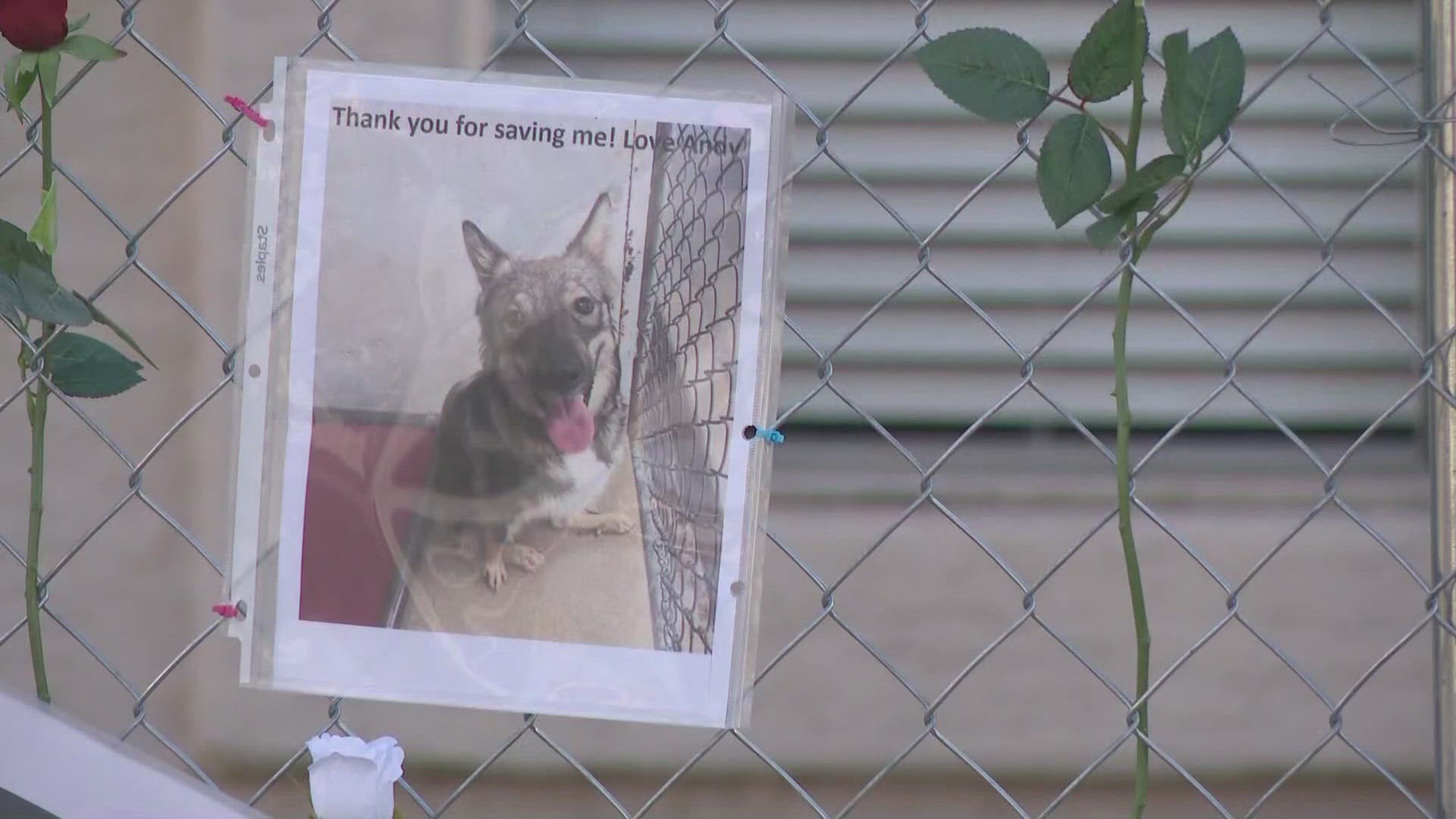ARIZONA, USA — Arizona, the cat came back!
A rare ocelot photographed in southern Arizona this June recently reappeared in a region of the Sky Island mountain ranges that had been bereft of its species for years.
RELATED: New ocelot photographed in southern Arizona: First in the region in 50 years, scientists say
The Center for Biological Diversity filmed this particular cat on June 12, 2024, in the Atascosa Highlands west of Nogales. It was most recently photographed on July 24 in a location over 30 miles away.
Ocelots typically rely on undeveloped natural corridors to get around, but this cat would have had to cross both the Santa Cruz River and Interstate 19 to get to this location!
For the animal's safety, the center is not disclosing the exact area.
"I shouted with joy when I realized what I was seeing on the trail cam. This incredible footage shows us that ocelots belong in our Sky Islands, despite all the threats they face," said Russ McSpadden, a Southwest conservation advocate at the Center for Biological Diversity.
Ocelots are a small, endangered species of leopard native to the southwestern United States, Mexico, many parts of Central and South America and several Caribbean islands. At this time, it's estimated that only about 100 ocelots live in the U.S., making this little guy a big deal.
"These elegant, elusive and fiercely resilient felines are an important part of what makes southern Arizona so special. Capturing footage of this cat in the wild gives me hope for their survival," McSpadden said.
But how did researchers know this was the same cat? Easy: count the spots!


Ocelot spots are known as rosettes and each animal has a unique pattern of them — kind of like a human fingerprint. By comparing the size, number and pattern of those spots, researchers can determine exactly which cat they're looking at.
"The Sky Island Mountains are not just beautiful landscapes; they are living parts of our culture and identity. Seeing the return of an ocelot to these ancestral lands reaffirms our sacred connection to this place and reminds us of our duty to protect these lands and the creatures that depend on them," said Chairman Austin Nunez of the San Xavier District of the Tohono O’odham Nation.
The camera was checked by McSpadden and Clara Smith, a center intern and student at Earlham University’s Border Studies program.
>> Download the 12News app for the latest local breaking news straight to your phone.



